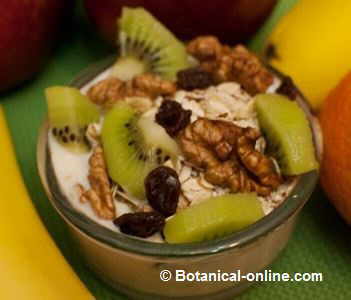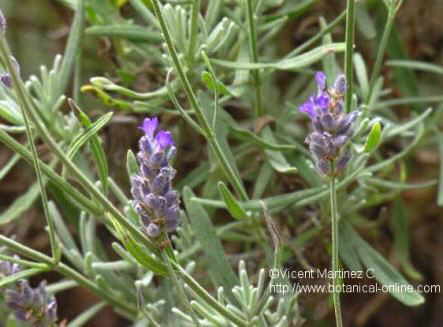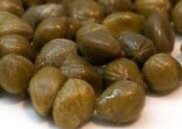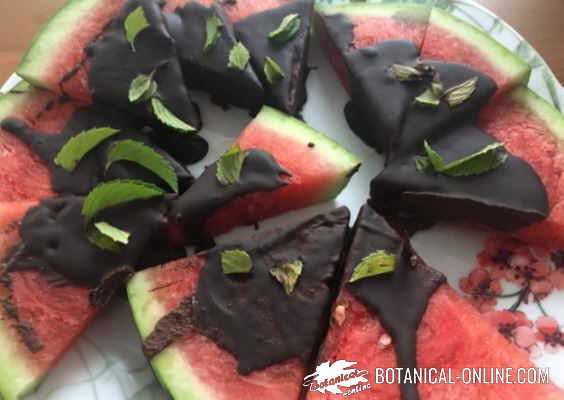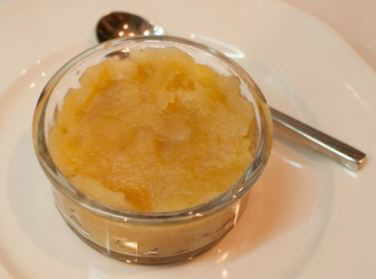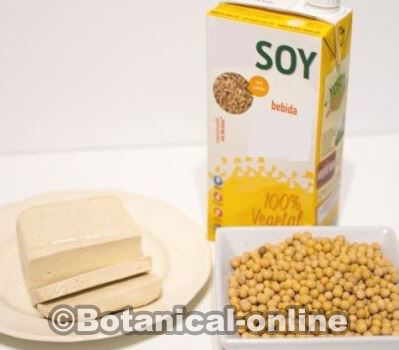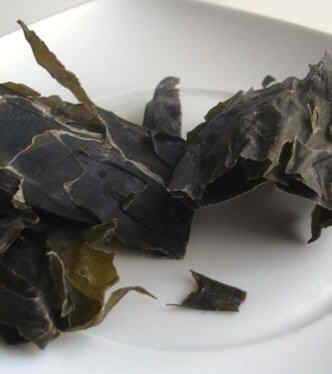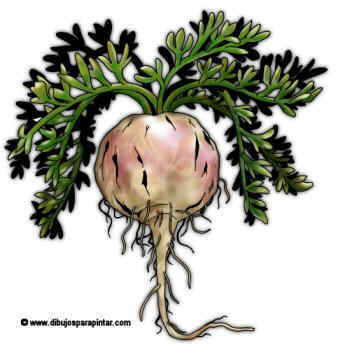The first to do before the potential or suspected infection with AIDS virus is to visit your doctor to get a test that can detect this disease.
If positive, the use of appropriate medication will slow the progression of the disease and prevent the emergence of other diseases that develop under it.
On the other hand, the knowledge of it allows the patient to take appropriate measures in order not to transmit this disease to other people.
Contents
Herbal treatment of AIDS
Phytotherapy: Medicinal plants preparations for AIDS
The primary role of phytotherapy in the treatment of AIDS should focus only on the use of those plants that complement the treatments applied by conventional medicine.
Given the seriousness of this disease, its implications on the overall health of the rest of the population, and the fact that many natural treatments may conflict with traditional medicine, these remedies should be applied only if the doctor give his/her consent.
For the natural treatment of AIDS we will use plants with the following purposes:
– Plants that increase the immunity. (Antioxidant plant)
– Anti-bacterial plants
– Plants that suppress some of the symptoms of this disease.
Plants that enhance immunity
The immune system is responsible for repelling external aggression. When resistance is weak, there are many diseases that are used to develop. Using plants that stimulate immunity is a manner to protect the body and prevent the spread of this disease and other diseases that are developed under it.
With regard to this issue, AIDS arouses much controversy, since some researchers believe that it is the result of a deterioration of the immune system that allows the human immunodeficiency virus (HIV) and other viruses to dominate the weak body.
According to this line, the free radicals will produce what they call “oxidative stress” that is responsible for immune system failures. Antioxidants can neutralize free radicals and increase the body’s immune capacity.
(More information on free radicals and antioxidants)
However, there are many researchers who think in a different way. They suggest that, if we increase immunity, also the progress of the virus will advance, so they do not consider the antioxidant plants treatment as appropriate.
It corresponds to the patient, in a decision valued with his doctor, whether to adopt this type of therapy. Among the antioxidant plants we would have for example:
(The doses given are purely indicative. At all times the physician must assess the appropriateness of treatment and the suitable dose)
– Green tea (Camellia sinensis) the importance of green tea as a cancer preventive drug has been valued for long. That’s the factor that differentiates it from black tea and makes it more advisable to take it regularly.
In this respect, we believe it has a lot of antioxidant properties that make it a real medicine that prevents the formation of cancers. Among the components that give it this property, we will mention catechins first, especially epigallocatechin gallate. But, besides these flavonoids, we should mention other components considered as tumor inhibitors, for example, caffeine, amino acids, quercetin and vitamin C. These same properties could be useful for the treatment of AIDS.
– Wild marjoram: (Origanum vulgare) It is a plant with the highest antioxidant levels, after tea. It contains over 30 compounds with these properties, including thymol, also abundant in thyme, rosmarinic acid and carvacrol. (Infusion of a spoonful of tea per cup of water. Take three cups per day)
– Rosemary (Rosmarinus officinalis) It is rich in rosmarinic acid, myrcene and camphene with antioxidant properties. (infusion of one teaspoon per cup of water. Two or three cups a day).
– Fennel: (Foeniculum vulgare) by its content in alanine, tryptophan, methionine and histidine the fruits of fennel can be considered a major antioxidant. (Infusion of 5 gr. of dried fruits per cup of water. Drink 2 cups a day)
– Echinacea (Echinacea angustifolia) It is one of the most commonly used plants against infection because of its ability to combat microorganisms by stimulating the production of white blood cells. It has been used to fight respiratory infections, and external use for skin conditions. It has also been shown that it decreases the number of cancerous tumors in the body. Its use in the treatment of AIDS is controversial because many doctors believe that it has no effect on this disease and may even harm the health of patients.
Others say that, although it does not stop AIDS advance, its ingestion seems to control the appearance of other opportunistic infections that take advantage of the deterioration of the defenses that HIV produces in the body. (Check with your doctor the advisability of the application. Do not administer during pregnancy or lactation and with liver disease. Do not prolong its use. Allow a rest period.)
– Boxwood: (Buxus sempervirens) It attacks the virus and dampens its progress. It can given as an extract according to the conditions of the patient’s leaflet.
– Maitake mushroom: (Grifola frondosa) It seems that this fungus enhances the immune system and prevents the occurrence of cancers and infections associated with AIDS. (Sold in herbalist’s)
– Cat’s Claw: (Uncaria tomentosa) Many studies show that the use of this plant could be useful to boost immunity and slow the progression of AIDS virus. Other researchers, however, argue that this plant could even accelerate this disease. There are no conclusive studies on either side.
More information on plants with antioxidant properties.
Plants against virus
– Liquorice: (Glycyrrhiza glabra) Glycyrrhizin seems to be suitable to delay the onset of symptoms in carriers of HIV and inhibits its proliferation by means of avoiding its duplication. (Take it according to information leaflet) (Chew the root) (See the study of the plant for contraindications and potential toxicity)
– Saint John’s wort: (Hypericum perforatum) Like liquorice, St. John’s wort contains principles with antibacterial properties that neutralize certain opportunistic infections. The antibiotic properties of hypericin seem to be positive, as stated in recent studies, for the treatment of AIDS. Also this component is used internally to detect cancer cells in the body and prevent its spread. (Given its contraindications, consult with your doctor)
– Elder (<em>Sambucus nigra</em>) Its fruits are rich in carotenoids and anthocyanins, so they have antiviral properties that could be very useful in the treatment of AIDS. (Eat ripe fruit jams. When they are green they are toxic)
– Garlic: (Allium sativum) Garlic has proven bactericidal value, as well as antioxidant properties, so, it could be interesting in helping infections that take advantage of AIDS to appear. (Eat up to 5 crude garlic per day or take capsules from garlic)
Plants that reduce the symptoms of the disease
– Tea tree (Melaleuca alternifolia) With anti-bacterial properties, the oil of this Australian tree can be used for for candidiasis that usually occur in the AIDS patient’s mouth. (Mouthwashes according to the patient’s leaflet.)
– Dragon’s blood (Croton lechleri) The latex of this euphorbiaceae from Central America is used in the treatment of AIDS to eliminate diarrhea, according to the dose your doctor specs.
Other treatments
Maitake (Grifola frondosa) Its ability to boost the immune system can be very interesting in the treatment of AIDS (HIV). Maitake can be combined with reishi to prevent the appearance of numerous diseases which take advantage of very weakened organisms. (Check with your doctor or specialist about the possibility of taking a combined supplementation of reishi and maitake)
![]() More information on its natural treatment.
More information on its natural treatment.

